Blog
As aid declines, the African Development Fund-17 secures $11 billion for Africa’s green transition
The African Development Fund (ADF) recently concluded its 17th replenishment meeting, marking a significant stride towards unlocking affordable, targeted and transformative investments across the continent. This gathering of regional stakeholders, policymakers, and financial advisers laid out the Africa Development Bank’s blueprint for bolstering economic capacity, reducing poverty, and accelerating inclusive growth.
Amid mounting calls for reforms in the global financial system, the ADF-17 embraced human-centered approaches and equitable access to finance by its regional member countries. Despite abundant natural resources and a burgeoning talent pool, many African nations remain constrained by rising debt, high borrowing costs, and limited access to global capital. The recent cuts in donor funding led by U.S. President Donald Trump’s administration have also placed further strain on social sectors such as healthcare and education.
“ADF is the single most important institution that can support the transformation of Africa, particularly in the most fragile and vulnerable countries,” said Daouda Sembene, CEO of AfriCatalyst, during a side event hosted by AfriCatalyst at the ADF-17 in Abidjan.
“Triple planetary crisis” and opportunity therein
Africa is facing what experts term as a “triple planetary crisis”, consisting of climate change, biodiversity loss, and land degradation, which pose existential threats to its development goals. Nine of the world’s 36 biodiversity hotspots lie within the continent and are under mounting pressure from habitat loss, overexploitation, pollution, and the worsening impacts of climate change. The World Wide Fund for Nation (WWF’s) Living Planet Report 2024 reveals a staggering 76% decline in the average size of wildlife populations across Africa between 1970 and 2020 due to deforestation, illegal wildlife trade, and soil degradation. Efforts to mitigate these threats continue to be stifled by limited access to financial resources and rising debt, with many African nations allocating up to 9% of their annual budgets to climate disaster response, despite being the least responsible for global greenhouse gas emissions.
According to a 2023 report by the United Nations Development Programme (UNDP) and the Brookings Institution, biased credit ratings are costing over 20 African countries a combined $74.5 billion annually in excess interest and lost financing. This underscores the urgency for targeted investments in green growth and equitable financial mechanisms.
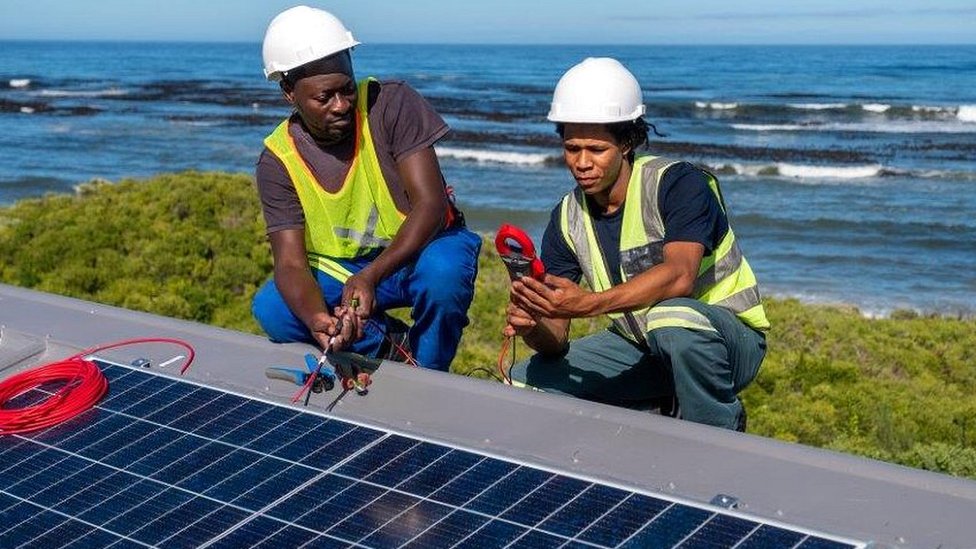
ADF in action
The African Development Bank, with a capital base of over $200 billion and Triple A rating, is capable of rallying global partners behind Africa’s development agenda. Since its inception in 1972, the Africa Development Fund (ADF) has disbursed over $45 billion across more than 40 African countries, enabling infrastructure growth, energy development, education, and healthcare systems. ADF’s governance structure distinguishes it from traditional development finance models dominated by the Global North, by emphasizing African leadership and local accountability.
“We have a pipeline of 300 projects costed at $11 billion, a significant step up from ADF-16’s $8.9 billion,” said Valerie Dabady, Director of Resource Mobilization and Partnerships at the AfDB. “The ambition of ADF-17 is to significantly increase resources and deliver more for our clients, across infrastructure, energy, regional integration, youth, and climate.”
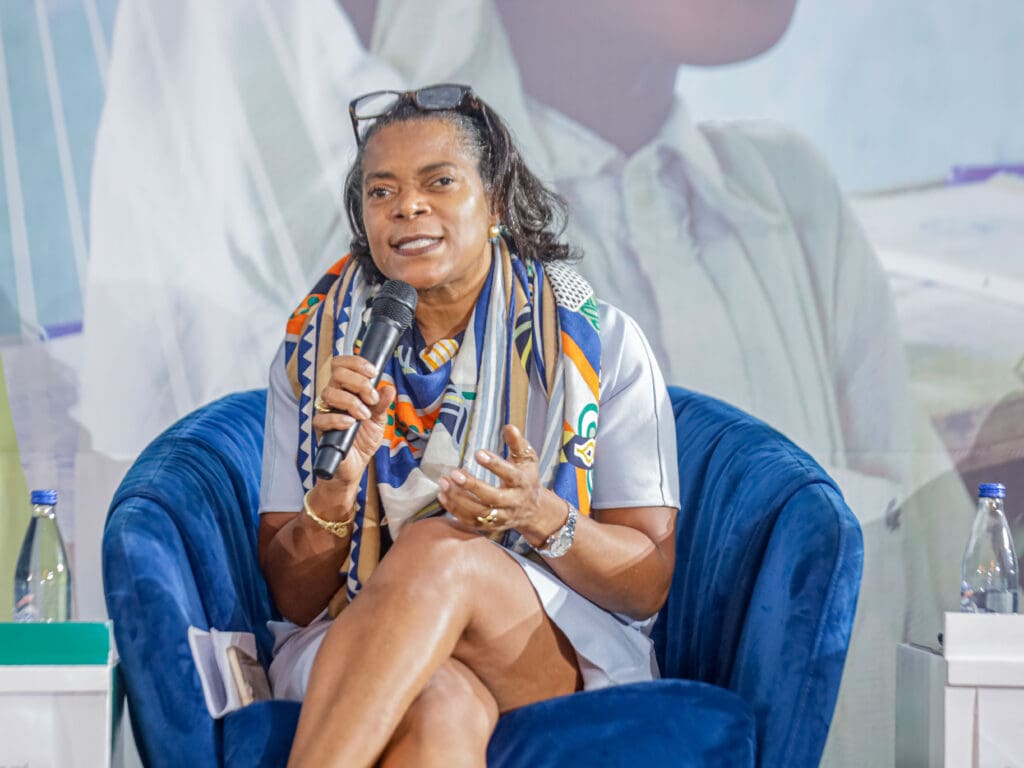
This is critical as global power dynamics evolve and developing countries demand a greater voice in shaping their development agendas. ADF-17 presents a scalable, inclusive, and performance-based model for how equitable finance can be delivered efficiently and transparently.
“We recognize that bilateral aid flows are declining, which makes institutions like ADF more critical. As such, the UK has been a longstanding investor in ADF,” said Chris Bold, from the UK Foreign, Commonwealth and Development Office (FCDO). “A whooping $3 trillion is needed annually to meet the UN Sustainable Development Goals, about half of that in Africa. Our £650 million investment in ADF reflects our belief in its innovation, job-creation focus, and ability to stretch financing for maximum impact.”
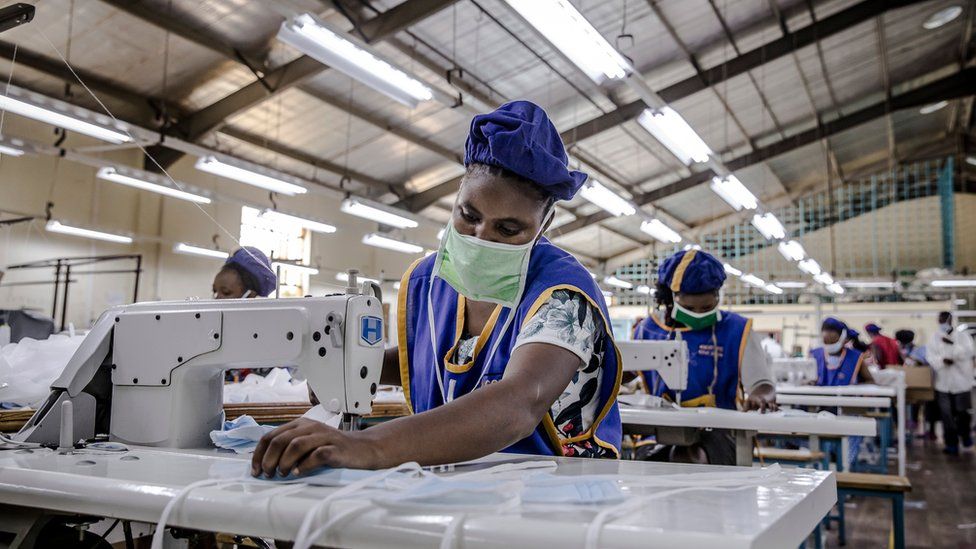
Leveraging Africa’s Assets
Africa holds tremendous untapped potential, ranging from its youth dividend to abundant arable land and a growing digital economy. By 2100, Africa is projected to have the largest share of the global workforce. To harness this demographic dividend, ADF-17 is plans to prioritize green jobs creation in renewable energy, sustainable agriculture, and digital innovation.
Frannie Leautier, CEO of Southbridge Investments, highlighted the massive financial muscle institutions like pension funds and sovereign wealth funds hold in ADF’s member countries. Exploiting this massive potential is key to strengthening bilateral entities and sourcing finance.
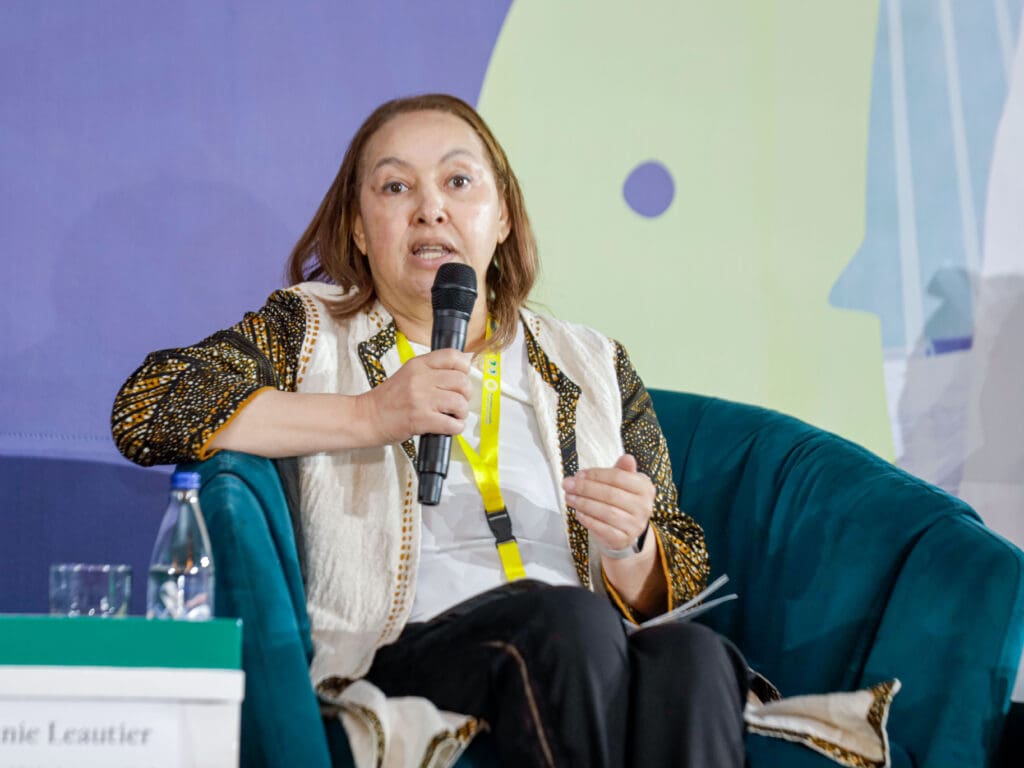
“They are managing an estimated $2.4 trillion in capital, which can be key drivers in scaling climate investments across Africa. Moreover, ADF can crowd in the private sector in emerging shareholder countries like IFD and BII. These bilateral entities can be both performance-based and outcome-based,” said Leautier.
Leading the panel discussion, Serah Makka spoke glowingly of valid projects like the Vumbuzi Multiplier Impact Fund, spearheaded by Frannie Léautier, as models that could be replicated across the continent. The 2022 initiative mobilized $2 billion for reforestation and land restoration through private sector participation.
Capital Markets
Adama Mariko, Director of Finance, Partnerships and Communication at ADF, emphasized on unlocking regional capital, both public and private for investment. Viewed not just a necessity but a strategic lever for autonomy, a shift in regulations and bylaws governing capital markets across the regions is necessary. Deepening capital markets, enhancing creditworthiness, and creating region-wide investment-grade instruments will ensure long-term sustainability and resilience.
“We must mobilize African capital markets for Africans. Making them dynamic and self-sustaining is central to the fund’s long-term strategy,” said Adama.
Most recently, the Arab Bank for Development in Africa’s (BADEA) long-term credit rating has been upgraded by S&P Global to Double A-plus (AA+). In the last decade, the bank registered a 376% capital expansion with annual approvals rising twelvefold, disbursements eightfold. Now valued at over $20 billion, BADEA is a consequential actor in infrastructure, SME finance, digital platforms and fragile state development.
Beyond Traditional Donors
A noteworthy development with ADF-17 has been the involvement of new partners including BRICS nations, Gulf states, and African contributors themselves. This marks a tangible shift toward a multipolar financial system rooted in shared responsibility and localized priorities. It challenges the conventional donor-recipient paradigm, reinforcing the notion of co-investment and mutual accountability.
Paul Ryan, Head of International Finance at Ireland’s Ministry of Finance, noted:
“Ireland, the newest ADF member since 2020, made an initial investment of $100 million. We are drawn by the Fund’s efficient, relevant, and effective approach; particularly in poverty alleviation, and in empowering youth, women, and girls.”
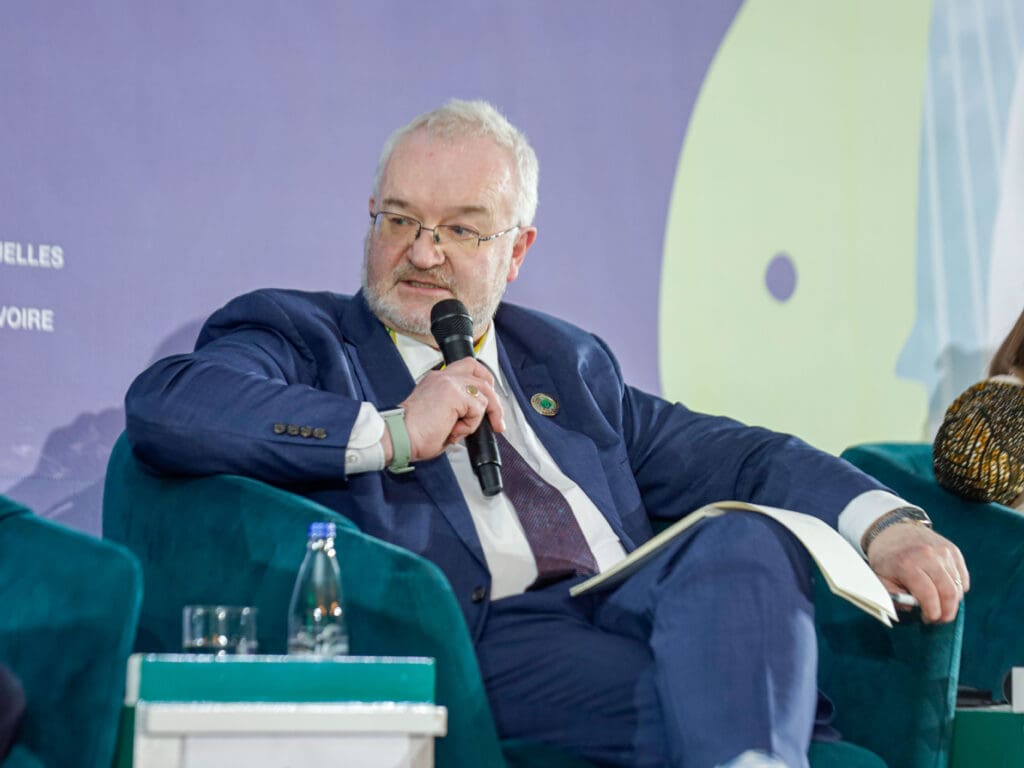
In a nutshell, ADF-17 is not just a regional initiative, it represents a strategic lever for global stability, climate resilience, and inclusive economic growth. Investing in Africa’s green transformation is increasingly seen as essential to global climate targets and sustainable prosperity.
ADF-17 is a microcosm of broader international financial reform, showing how finance can be channeled equitably, leveraged innovatively, and aligned with the sustainable development goals. As momentum builds globally for restructuring international financial systems, especially with Africa taking a more assertive role, as seen in South Africa holding the G20 presidency, ADF-17 stands as a leading example of how ambition, ownership, and partnership can converge for transformative impact.
